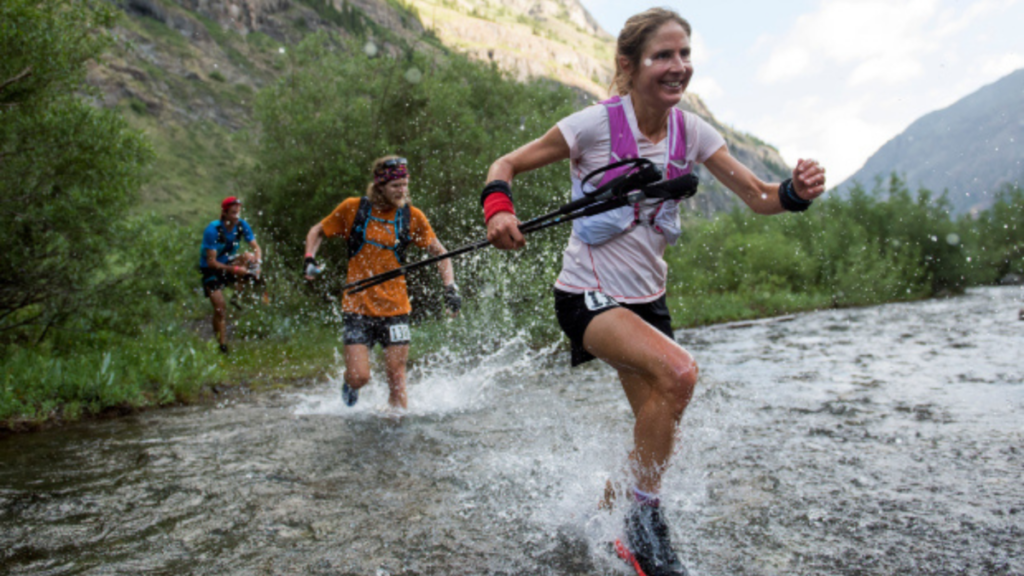
But I think it’s worthwhile for anyone who wishes to maximize their performance, whether you’re at the front or the back. Benefits of a pace chartĬreating a pace chart takes some time. For every race, a unique pace chart is needed. The mile-by-mile uniqueness of each ultra course makes impossible any reliable apples-to-apples comparisons between two races. Last year at the San Juan Solstice 50M, for example, my fastest mile was 7:20 minutes/mile and slowest was 20:23, with an average of 11:20. Instead, the winner is the speediest runner who slows down the least.ĭue to the course variability and fatigue factor, paces vary wildly throughout an ultra. With few exceptions, ultra runners lack sufficient endurance to maintain a consistent pace throughout the race. In addition to the variability in the course, another factor has a dramatic effect on pace: fatigue. In contrast, most ultra marathon courses have extreme variability: pavement, gravel, singletrack, and cross-country dry, muddy, and river crossings daylight and darkness and flats, moderate grades, and heartbreaking steeps. Moreover, traditional road races have predictable split locations, e.g. As an example, in April at the Boston Marathon, my fastest mile was 5:26 minutes/mile and slowest was 6:11, with an average of 5:48. mile, 10k, marathon), normally there is little variability in pace, because the terrain, footing, weather, daylight, and elevation remain relatively constant.

In a traditional race on the road or a track (e.g.

But I feel confident now in sharing a framework for creating a pace chart for an ultra marathon. My process and end-result continually evolve, due to past learnings and to the particularities of the next race. I based my splits on last year’s winner, plus 5 percent after factoring in course changes.

My pace chart, so that I know how far it is to future landmarks and how long it should take.


 0 kommentar(er)
0 kommentar(er)
